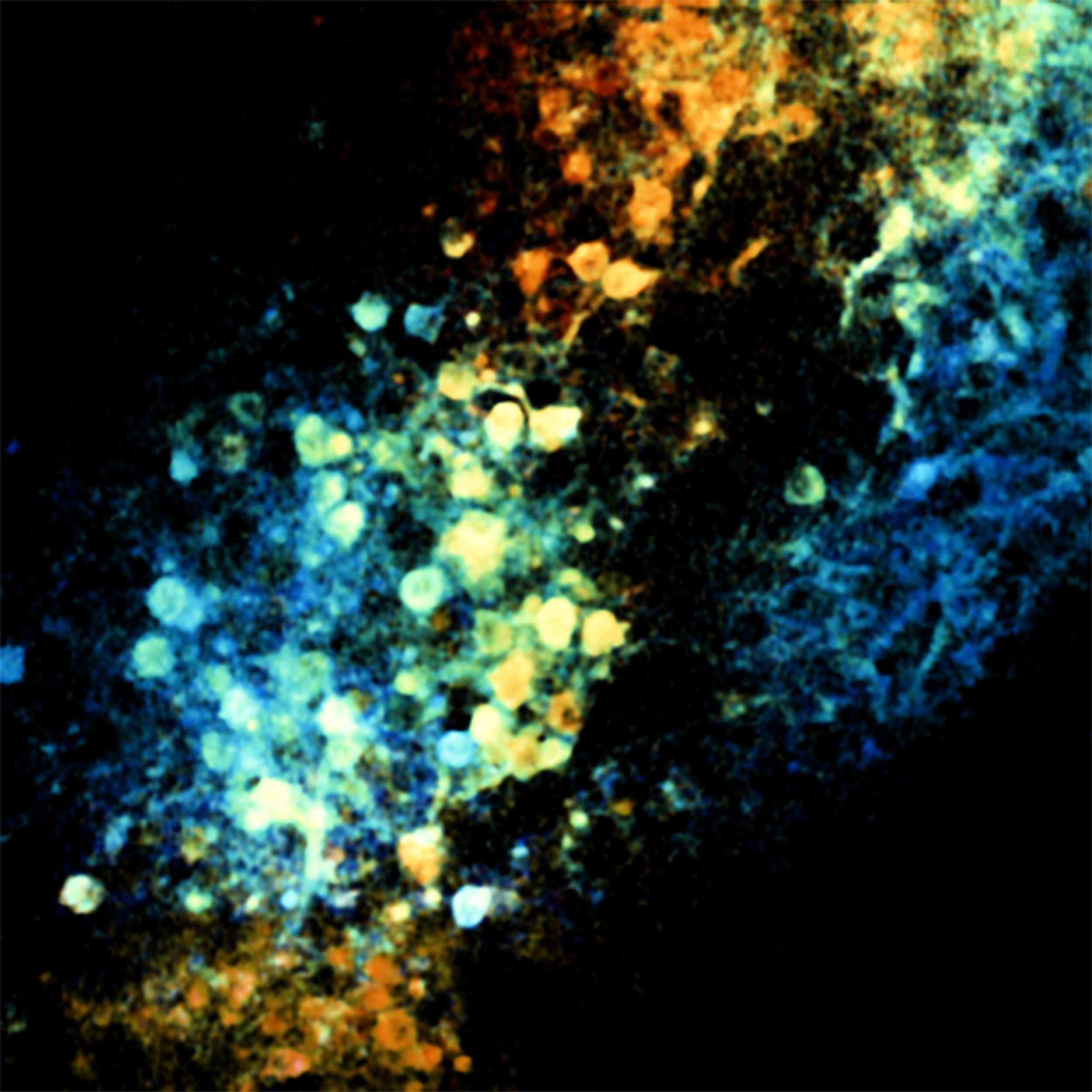How does the brain build the circuits required to see?
Every thought, perception, and behavior depends upon neural circuits that were built and modified over the course of development. So, in order to understand how the brain works, we must understand how it is built.

